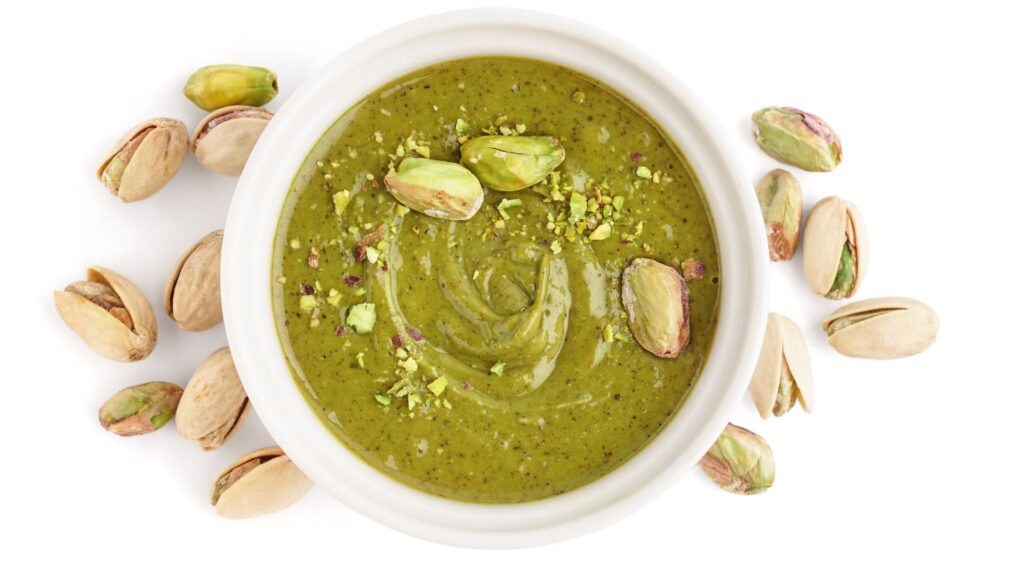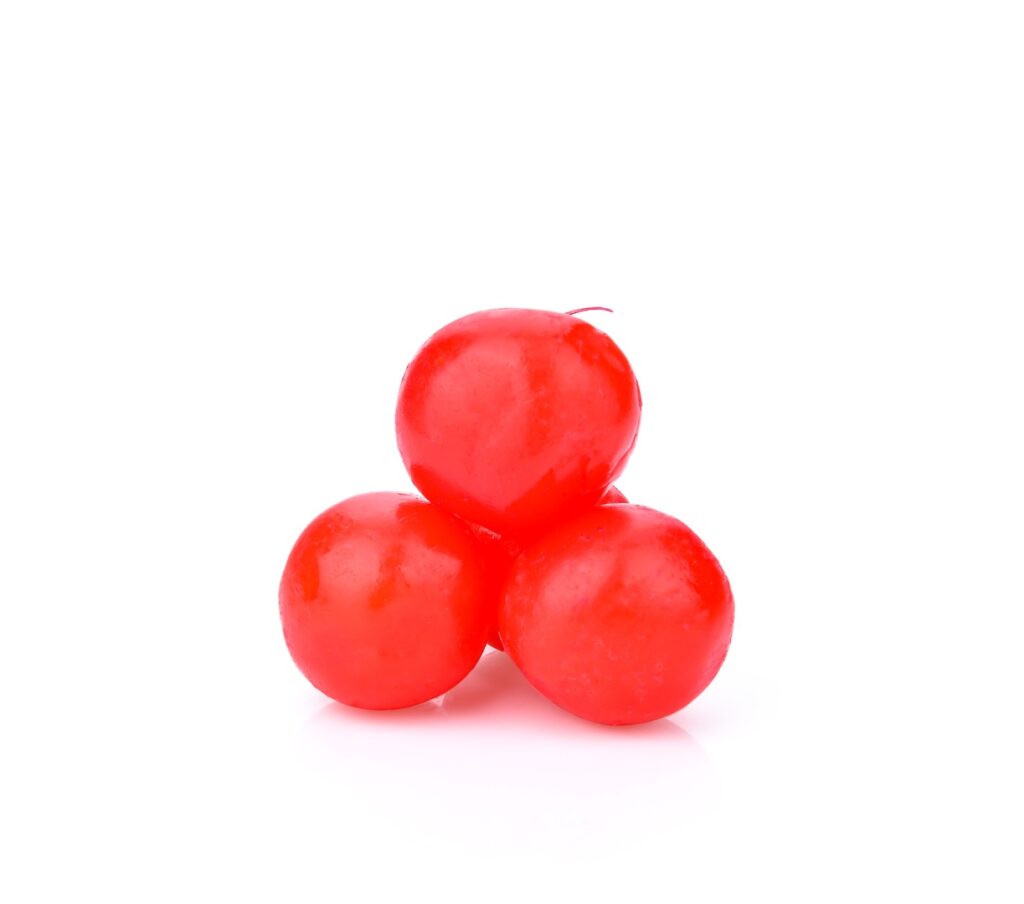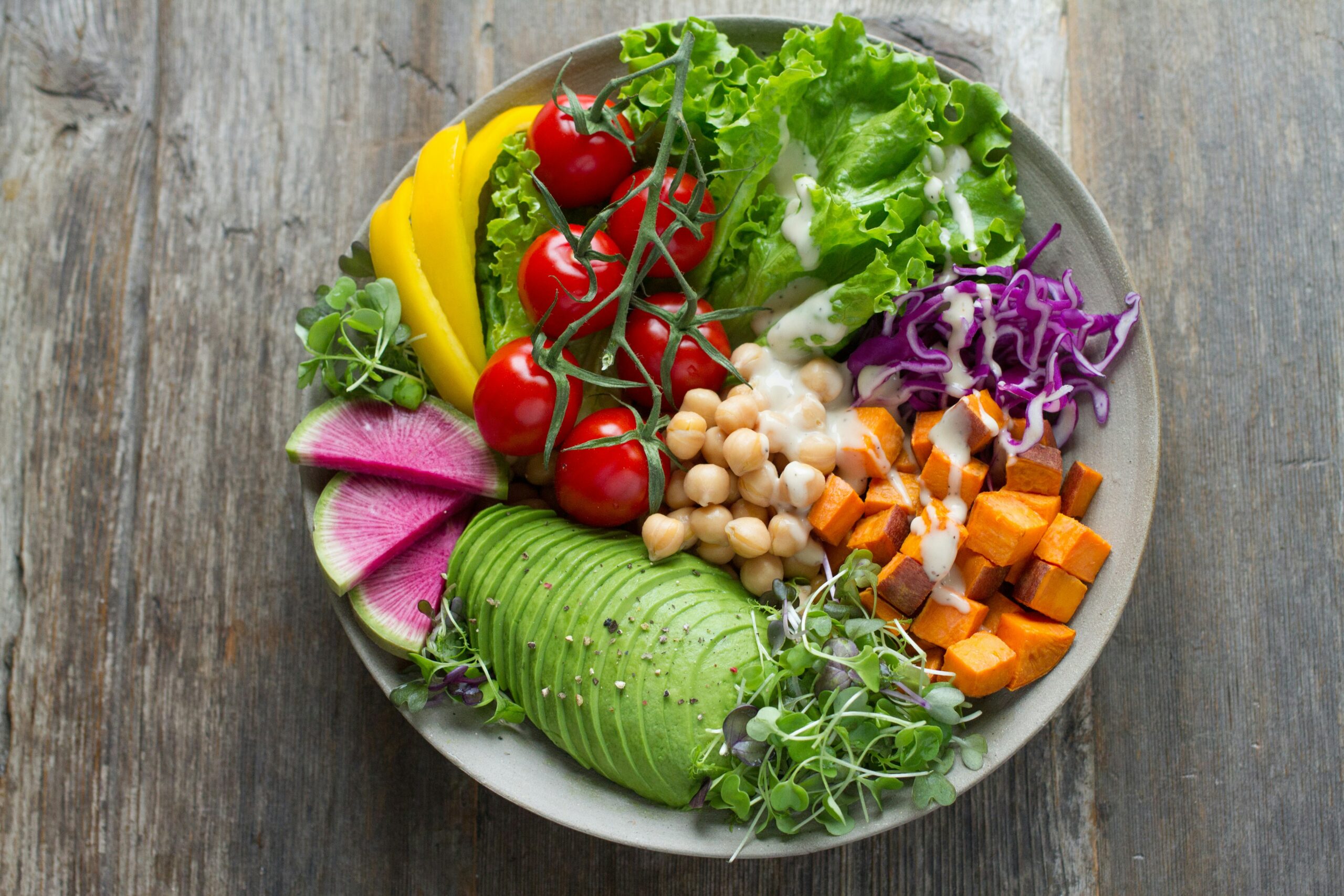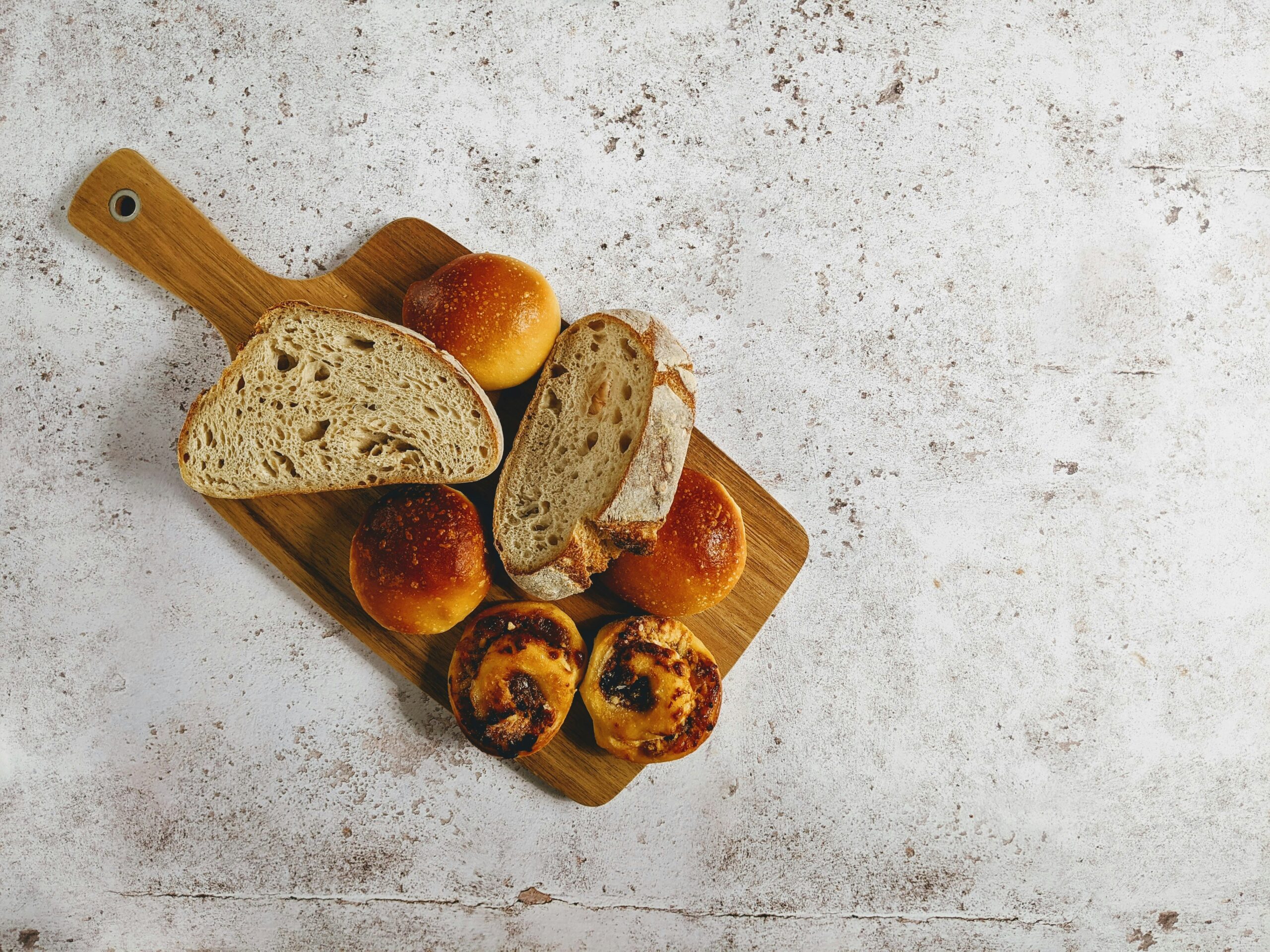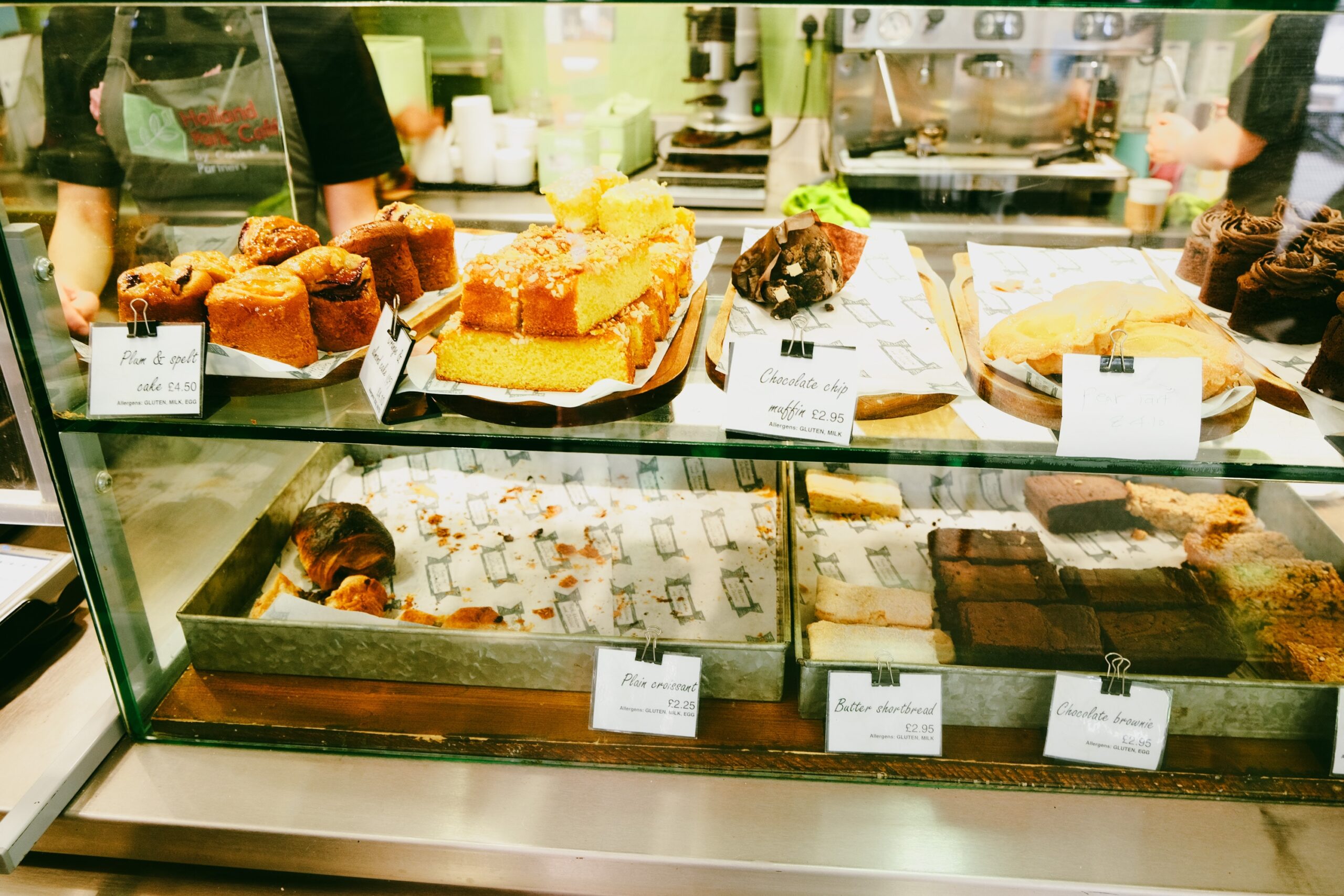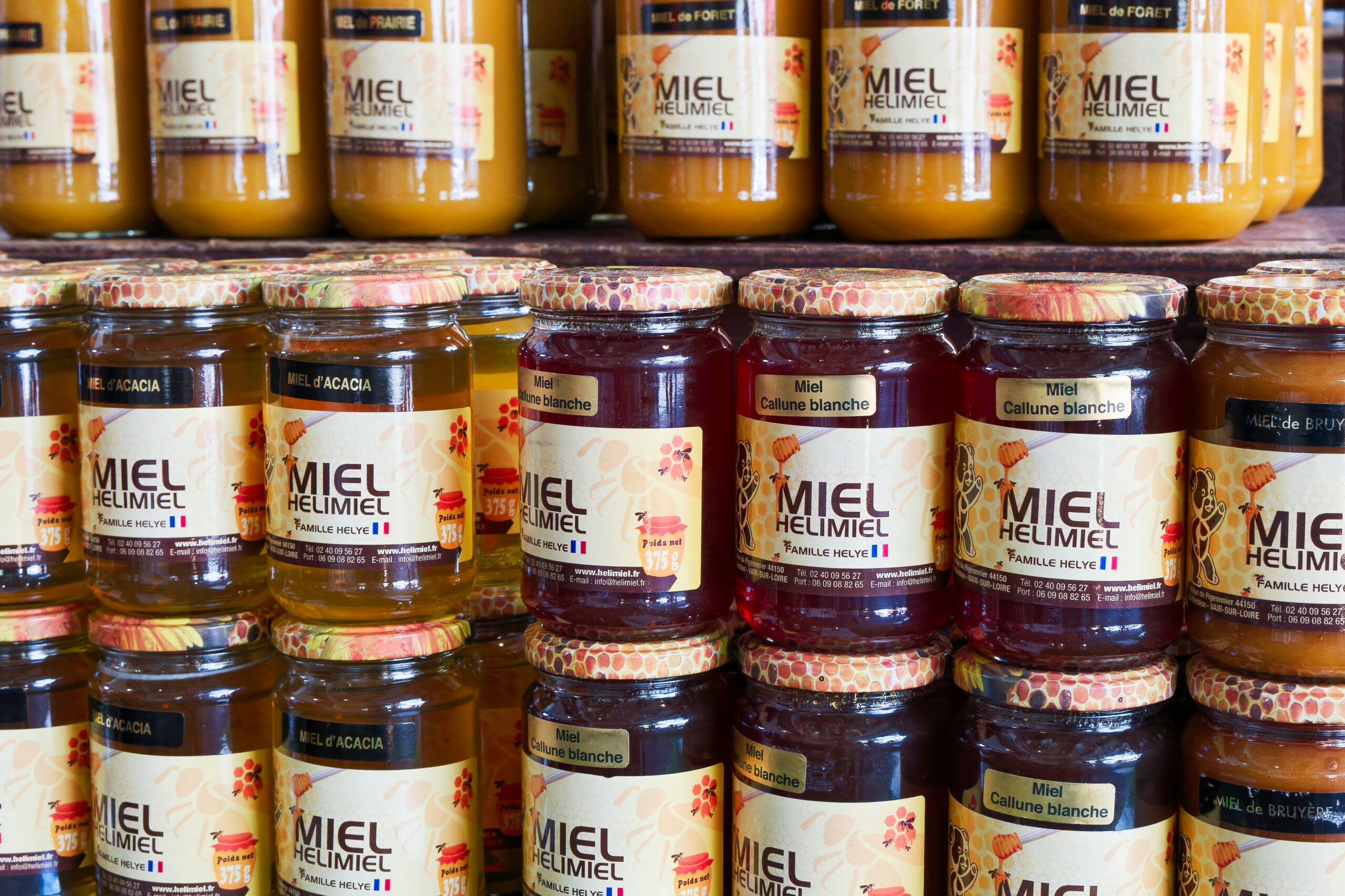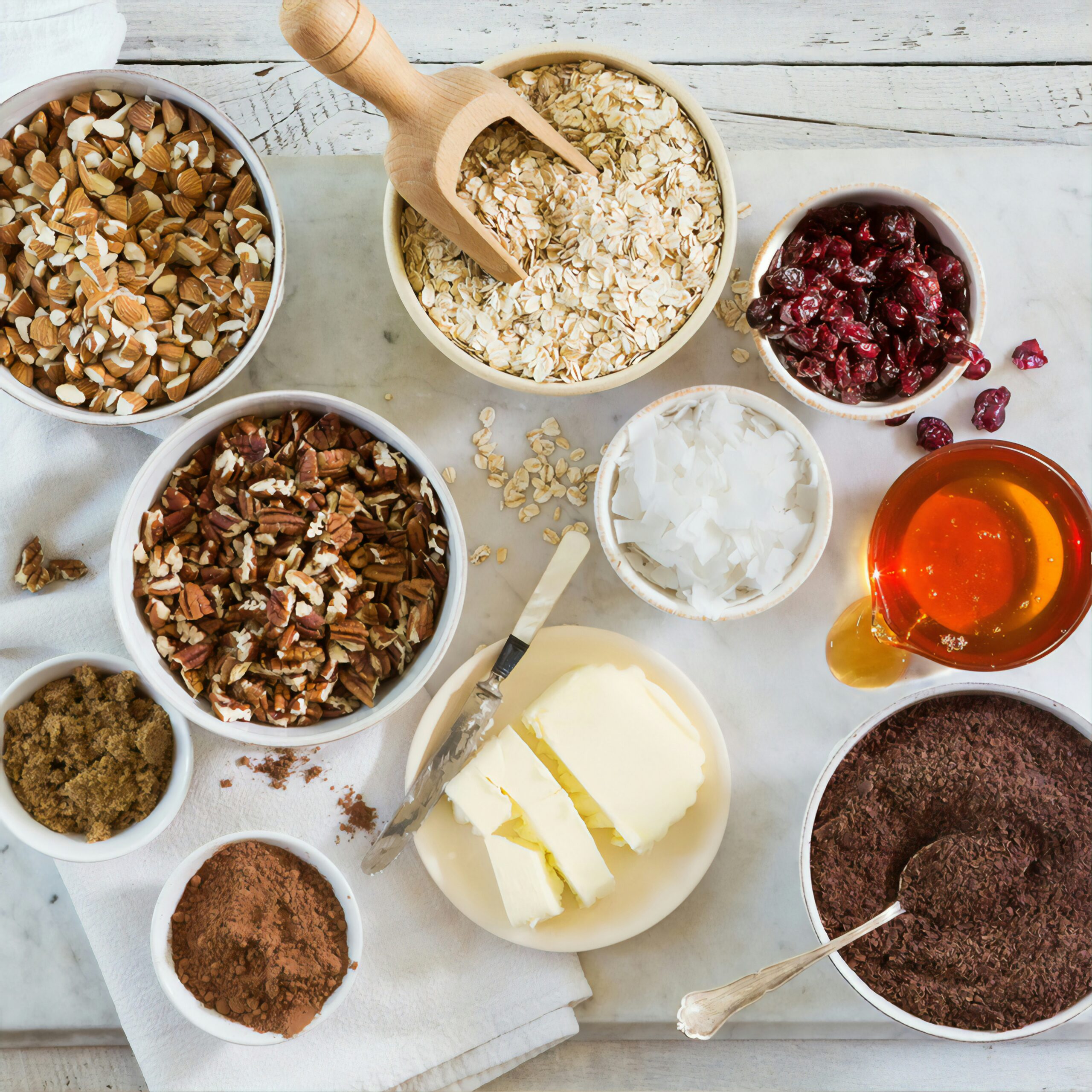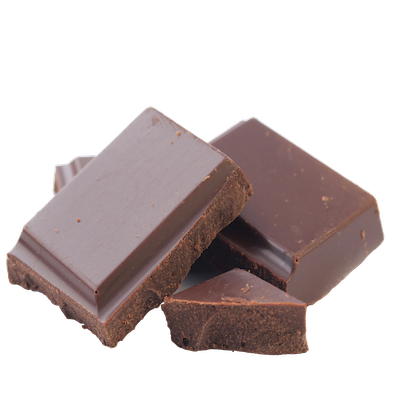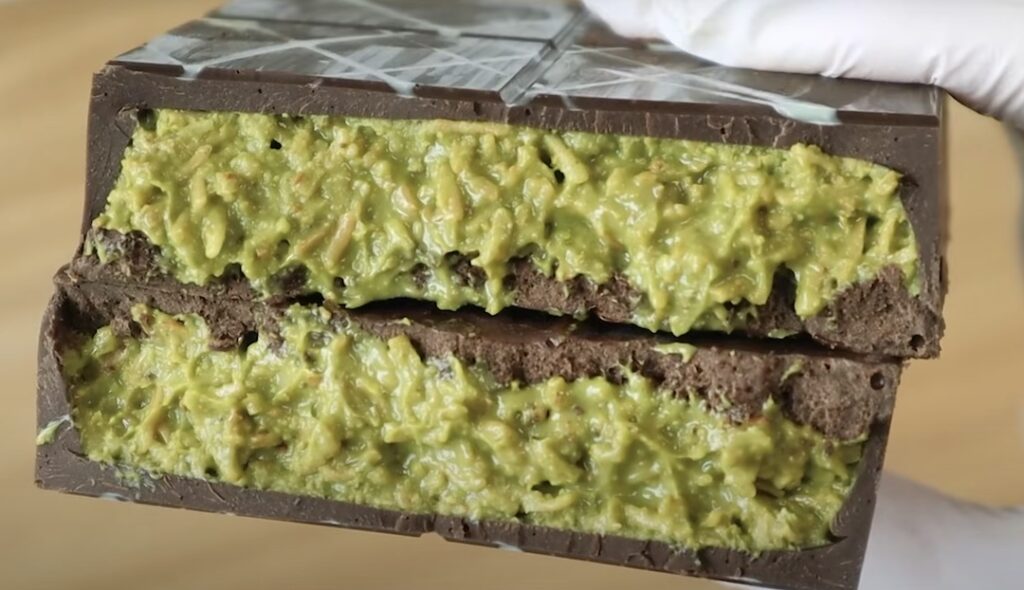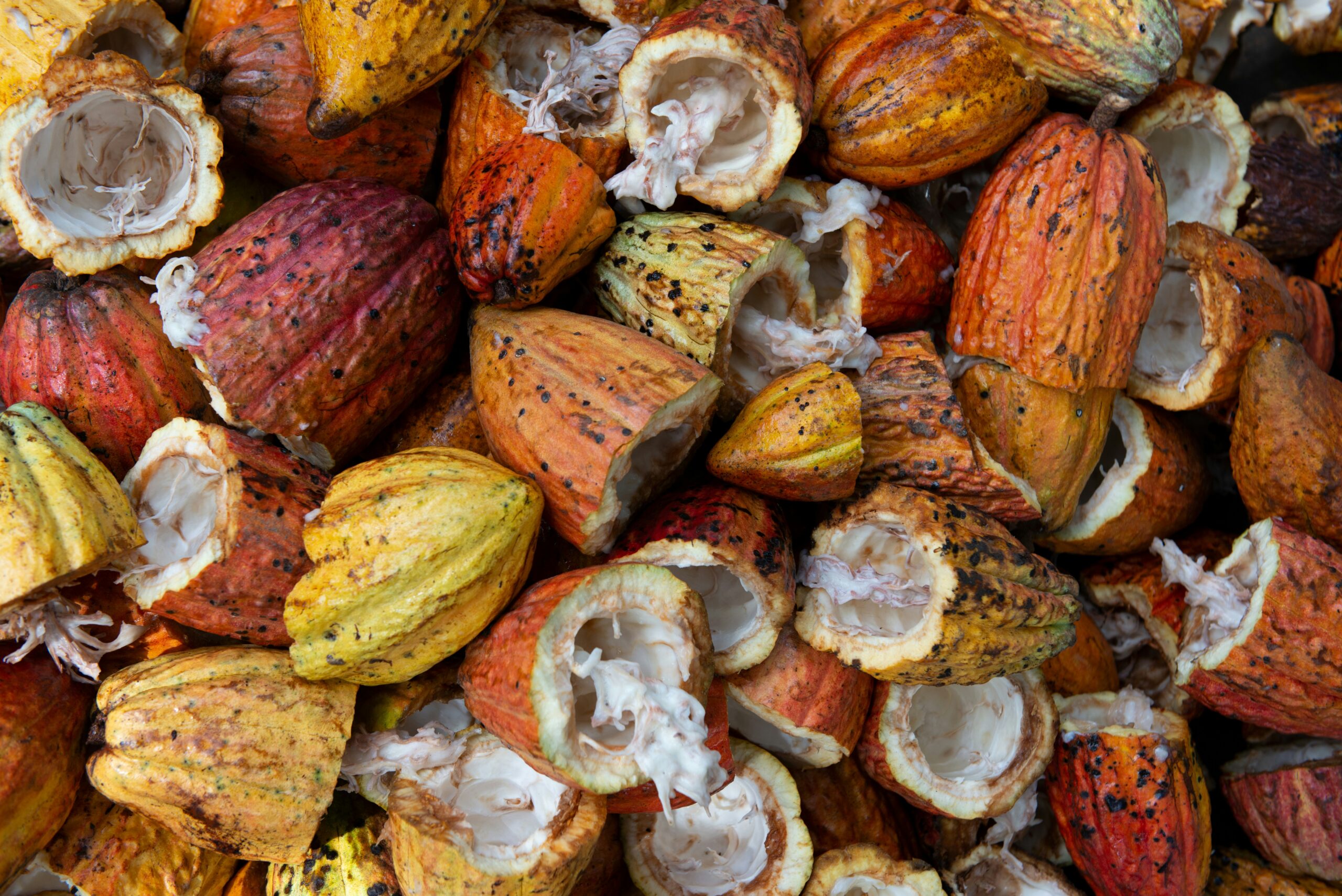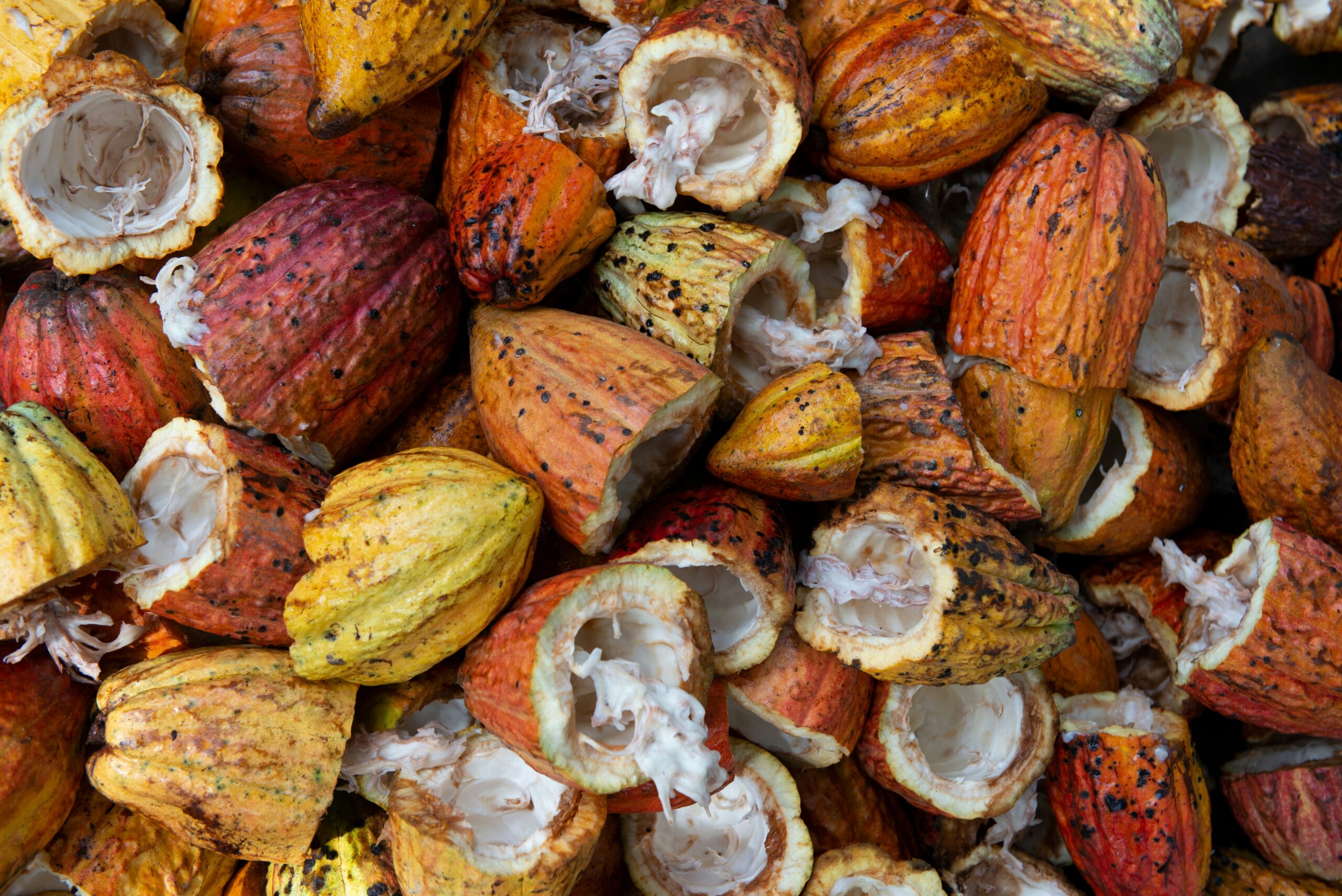Amazing Insight: Why Your Cacao Ratio, Determines Your Chocolate’s Health Score?
Is a Higher Cacao Percentage Always the Best Indicator of Healthy Chocolate?
As a food wholesaler, restaurant owner, or food manufacturer, you know the allure of chocolate—that rich, complex flavour is non-negotiable for high-quality baked goods. But when customers, especially health-conscious ones, scrutinise labels, they often fixate on the cacao percentage. They look for high numbers, believing 70% or 85% automatically means a superior, healthier product. But is this always the truth? The answer is a resounding ‘no,’ and understanding the cacao ratio is the essential, amazing insight that sets truly excellent products apart.
The journey of chocolate—from a bitter drink made by the ancient Mayans and Aztecs, called xocolatl, for spiritual and ceremonial purposes to the widely loved European confection—is a tale of processing and refinement. Historically, cacao beans were toasted and ground to a paste, mixed with water and spices like chili or vanilla to create a frothy beverage, sometimes even used as currency. Today, your success hinges on navigating the chocolate market’s complexity, starting with a crucial component: the cacao ratio.
What Are the Critical Components That Make Up Your Chocolate’s Cacao Ratio?
The cacao percentage simply represents the total portion of the chocolate bar made up of cocoa mass (liquor) and added cocoa butter. It tells you how much cocoa is present, but it doesn’t reveal the ratio of the ingredients within that cocoa mass or the quality of the non-cocoa additions.
A genuinely healthy and high-quality chocolate depends on three critical components that define its true ratio:
- Cacao Solids (Cocoa Powder): These are the dry, non-fat parts of the bean. They contain the bulk of the flavonoids and polyphenols—the powerful antioxidants and nutrients linked to heart and cognitive health benefits.
- Cocoa Butter (Cocoa Fat): This is the natural fat pressed from the bean. It provides the smooth mouthfeel and the characteristic “snap” of a good chocolate. While it contains stearic acid, which has a neutral effect on cholesterol, its presence impacts texture, not antioxidant content.
- Added Ingredients: This is the filler, typically sugar, milk solids, and emulsifiers. The lower the percentage of these fillers, the less sugar and empty calories the bar contains.
| Chocolate Type | Required Cacao Content (Min.) | Key Non-Cacao Components | Primary Use in Baking |
| Unsweetened/Bitter | 100% Cacao | None/Very Low Sugar | Rich cakes, brownies, cookies (when sugar is added separately) |
| Bittersweet/Dark | ≥35% Cacao (often ≥70%) | Sugar, Lecithin, Vanilla | Ganaches, coatings, cookies; strong flavour |
| Couverture | ≥32% Cocoa Butter | Sugar, Cocoa Solids, sometimes Milk | Coating, moulding, precise temperature-controlled work due to high cocoa butter |
| Milk Chocolate | ≥10% Cacao, ≥12% Milk Solids | Sugar, Milk Solids, Cocoa Butter/Fat | Sweeter, milder flavour for creamier products |
How Can Your Business Avoid the Mistake of Misleading Percentages?
A high percentage doesn’t guarantee a high health score because the quality and processing of the bean itself, combined with the other ingredients, matter far more:
- Processing Matters Most: Cacao beans must be properly fermented, dried, and lightly roasted to preserve the highest levels of beneficial antioxidants (polyphenols and flavanols) and complex natural flavours. Low-quality, heavily roasted beans—often used to conceal flavour defects—will contain fewer antioxidants, regardless of the percentage.
- The Sugar Factor: In most dark chocolates, the percentage not cacao is sugar. An 85% dark chocolate is likely 15% sugar, while a 70% bar is typically 30% sugar. While 85% has less sugar, both still rely on the quality of that 85% and 70% cacao. Opting for quality chocolate made with alternative, mineral-rich sweeteners like coconut sugar or using non-caloric alternatives is a healthier choice than one made with cheap white sugar.
- The Milk Problem: Milk proteins bind to cacao’s antioxidants, significantly reducing their health benefits. Therefore, dark chocolate is inherently healthier than any milk chocolate, even a high-percentage milk chocolate.
Why Is Using High-Quality Cacao Essential for Your Business?
Focusing on premium cacao provides immense business benefits, especially given current market challenges. The cocoa market is experiencing unprecedented volatility and record-high prices due to reduced West African supply, climate change, and disease. By shifting focus to quality and ratio rather than just a cheap commodity, you future-proof your offering.
| Business Benefit | Description | Market Impact |
| Premiumisation & Pricing | High-quality, ethically-sourced, low-processed cacao justifies a higher price point, attracting consumers willing to pay more for authenticity and health benefits. | Allows you to maintain profit margins despite increasing cocoa prices, contrasting with competitors who absorb costs. |
| Health and Wellness Trend | You tap into the massive and growing consumer demand for healthier, less-processed foods, differentiating your product from “industrial chocolate” that has lost most nutritional benefits. | Appeals to the discerning, health-conscious consumer, ensuring loyalty and positive brand perception. |
| Flavour Depth and Uniqueness | Single-origin, expertly processed beans have distinct, rich flavour profiles that elevate your final product, ensuring repeat business. | High-quality chocolate makes your baked goods stand out in a competitive market like pastries, which rely heavily on flavour complexity. |
At ISTBEA, we understand that true quality is defined by the core ingredients, which is why we supply premium pastry materials for wholesalers, distributors, and food businesses. We believe a rigorous focus on quality is the foundation of outstanding product development. For more information please check our products from here: https://istbea.com/products/
To stay ahead, choose suppliers who champion bean quality, sustainable sourcing, and minimal, transparent processing. That is the hidden, amazing truth about creating a superior chocolate experience.
External Authority Source: For deep scientific analysis on the health benefits of cocoa and its various forms, review the information published by the Salon du Chocolat, an authority site for industry insights and consumer education.


